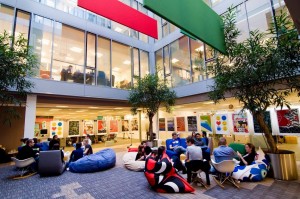In all honesty, I have next to zero knowledge on what social enterprise is before taking COMM 101. I thought social enterprises are firms that engage in ethical practices in order to benefit society. In a way, my previous definition was true as I learned that social enterprises are firms that enhance social and environmental factors while making commercial gains.

I was most intrigued by the firm, Entonces Yo Hago Dibujitos, who makes jewelry out of recycled materials that I usually would throw in the trash can without much thought. However, I was surprised that Entonces Yo hago Dibujitos makes their jewelry so unique that it is fashionable to wear them. With such low costs of production, I feel like I can even customize those bottle cap rings myself, while protecting the environment. Ecocalzer also struck me as such an impressive idea due to the fact that seemingly weak materials such as natural fibre can be used to make shoes with various designs. However, Ecocalizer does not just attempt to sustain the environment, it also tries to create a positive social impact through employing “vulnerable, rural women”. Thus, I realized that the innovations these two companies provide do not follow traditional, environmentally-friendly products, where appeal is sacrificed for the use of sustainable materials. Rather, the jewelry and the shoes will be attractive for even teens as they are “cool” to wear.
Overall, social enterprise seems to give the best of both worlds, both for the producer and for the environment in which it operates.





